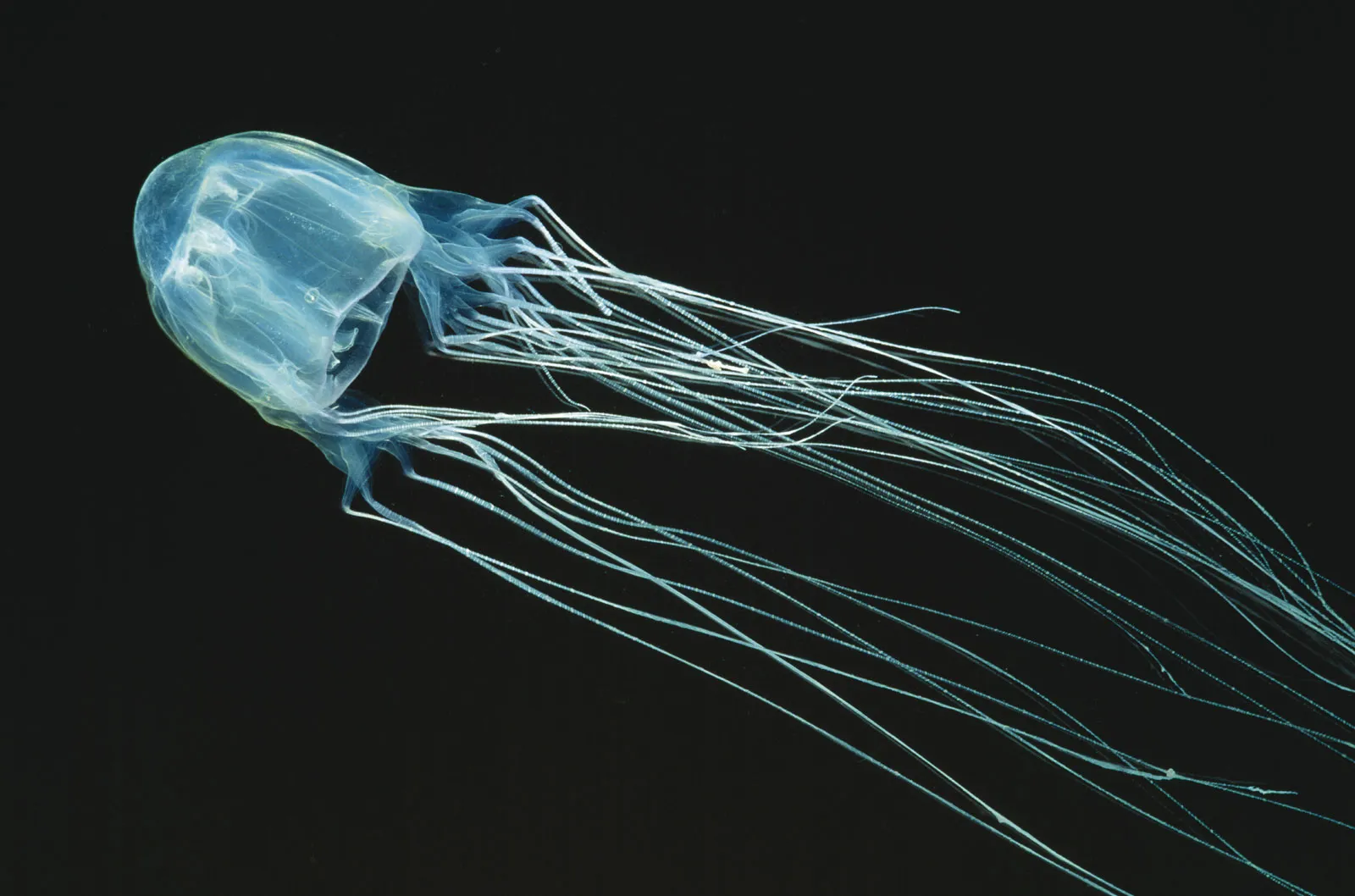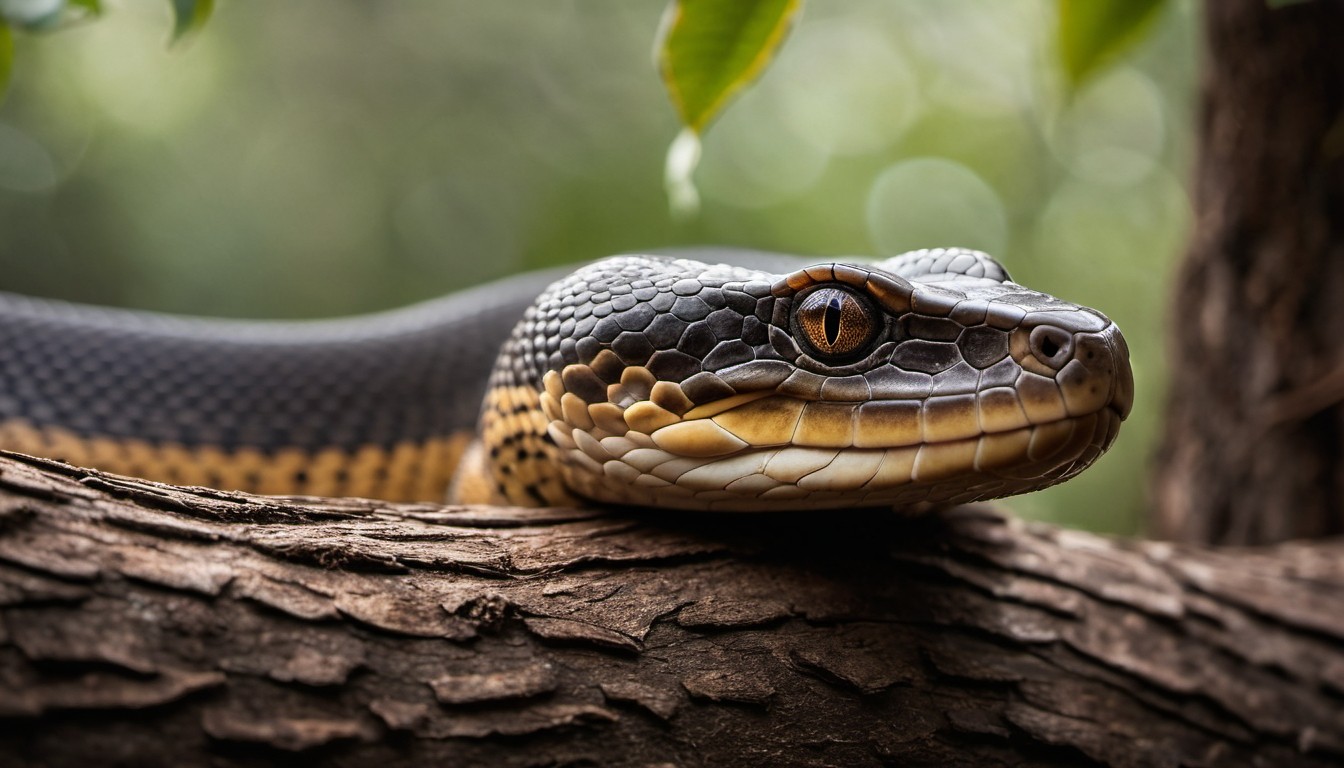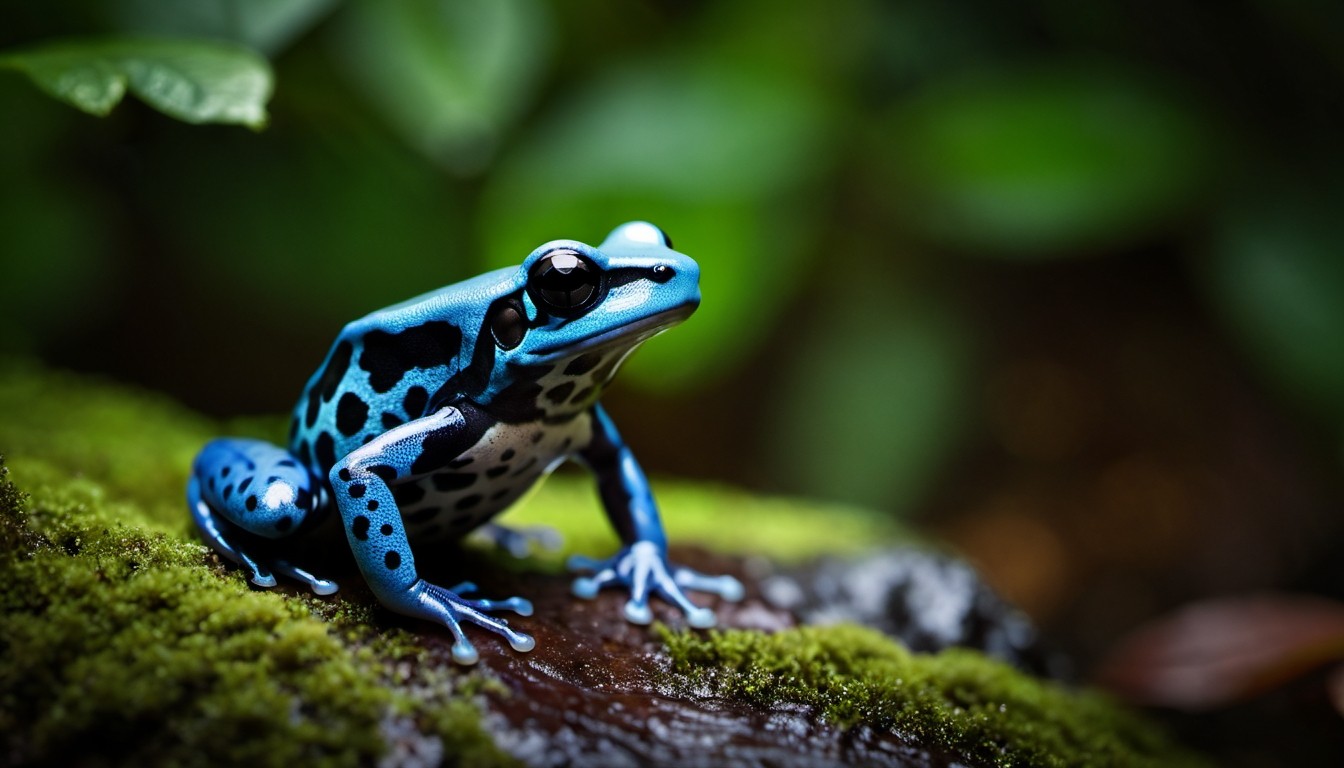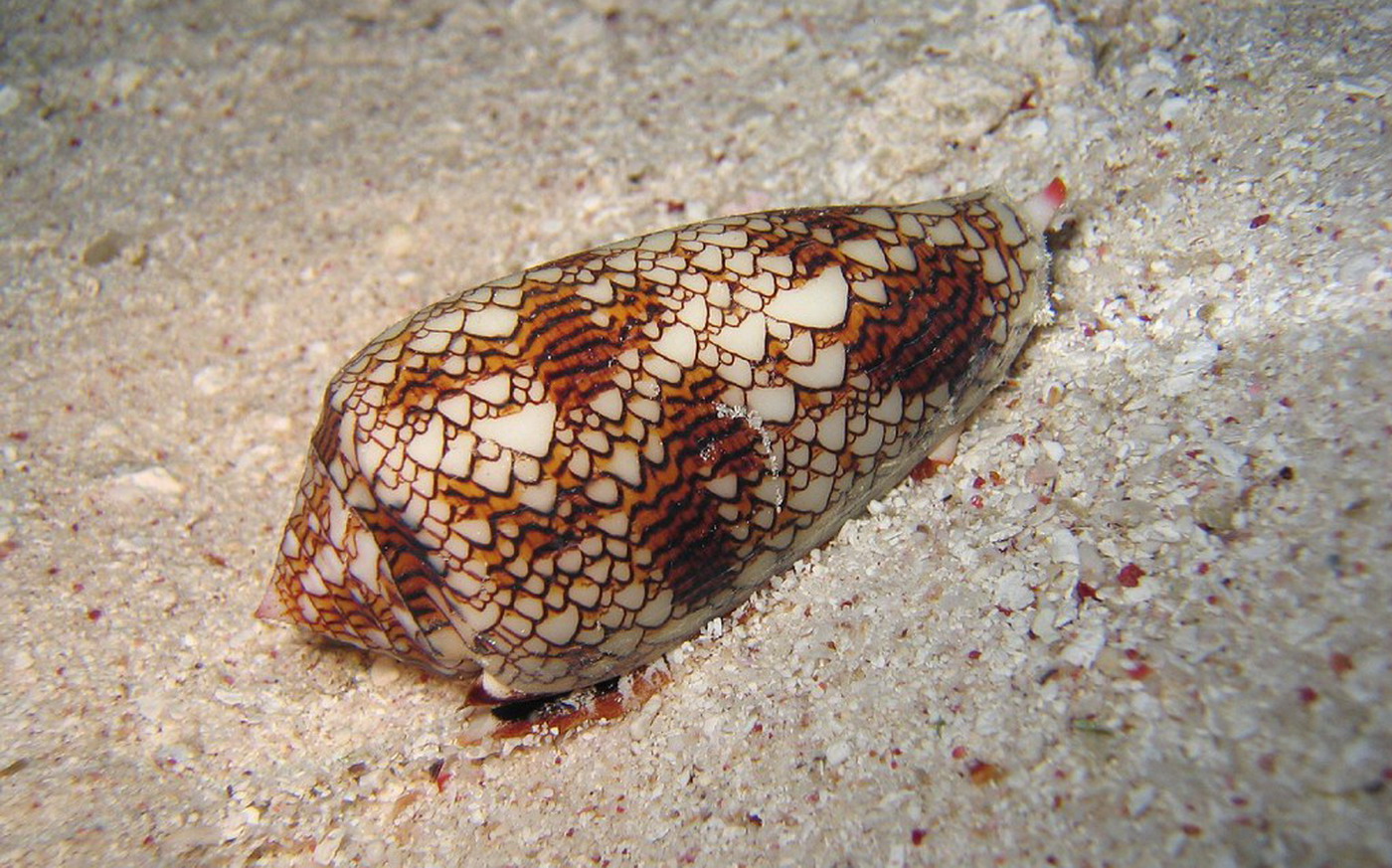The natural world is full of amazing and dangerous creatures. Some animals have evolved to produce powerful poisons to protect themselves or catch their prey. Here are the five most poisonous creatures in the world, each with a unique way of delivering their deadly toxins.
Box Jellyfish
Box jellyfish are found in the warm coastal waters of the Indian and Pacific Oceans, especially around northern Australia.

Physical Characteristics
They have a transparent, cube-shaped body with up to 15 tentacles on each corner. Each tentacle can grow up to 3 meters long.
Poison
Box jellyfish are considered one of the most poisonous creatures on Earth. Their tentacles contain toxins that attack the heart, nervous system, and skin cells.
Danger to Humans
A sting from a box jellyfish can cause excruciating pain, and if untreated, it can be fatal within minutes.
Inland Taipan
The inland taipan, also known as the “fierce snake,” is native to the arid regions of central Australia.
Physical Characteristics
It is a relatively small snake, averaging about 1.8 meters in length, with a pale head and a dark, olive-brown body.
Poison
The inland taipan has the most toxic venom of any snake. Its venom is a complex mix of neurotoxins, procoagulants, and myotoxins.
Danger to Humans
A single bite from an inland taipan can kill a human in less than an hour without treatment. However, it is a reclusive snake and rarely comes into contact with people.
Poison Dart Frog
Poison dart frogs are found in the rainforests of Central and South America.
Physical Characteristics
These small, brightly colored frogs are often less than 5 centimeters long, with vibrant hues of blue, yellow, red, or green.
Poison
Their skin secretes a potent toxin called batrachotoxin, which can cause paralysis and death.
Danger to Humans
Indigenous tribes have used the frog’s poison to tip their blowgun darts for hunting, hence the name. Just touching these frogs can be dangerous.
Blue-Ringed Octopus
Blue-ringed octopuses are found in the shallow waters of the Pacific and Indian Oceans, particularly around Australia and Japan.
Physical Characteristics
They are small, typically about 12-20 centimeters long, with bright blue rings that appear when they are threatened.
Poison
Their venom contains tetrodotoxin, which can cause muscle paralysis and respiratory failure.
Danger to Humans
Despite their small size, a bite from a blue-ringed octopus can be fatal within minutes if not treated promptly.
Cone Snail
Cone snails are found in warm tropical seas, especially around coral reefs.

Physical Characteristics
They have beautifully patterned shells and a long, narrow proboscis that they use to hunt.
Poison
Cone snails produce a venom called conotoxin, which targets the nervous system.
Danger to Humans
A sting from a cone snail can be deadly. The venom can cause paralysis and death within hours, and there is no known antivenom.
The natural world is full of creatures with amazing and deadly defenses. The box jellyfish, inland taipan, poison dart frog, blue-ringed octopus, and cone snail are among the most poisonous creatures on Earth. Each has evolved unique ways to deliver their toxins, making them fascinating and dangerous
